A recent study done by scientists from the Charles Darwin Research Station and the National Geographic Society revealed that the world’s greatest abundance of sharks is in the waters surrounding the Galapagos Islands. Overfishing has led to a dramatic decrease in shark populations over the last few years, but the northern islands Darwin and Wolf are home to 12.4 tons of shark per hectare. Below are images provided by National Geographic‘s Pristine Seas, and a short video on the Galapagos’ new sanctuary.
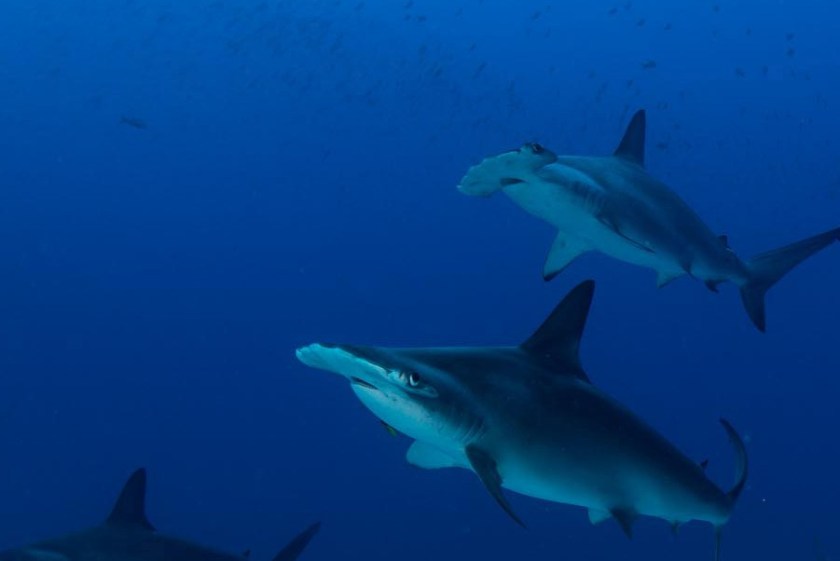
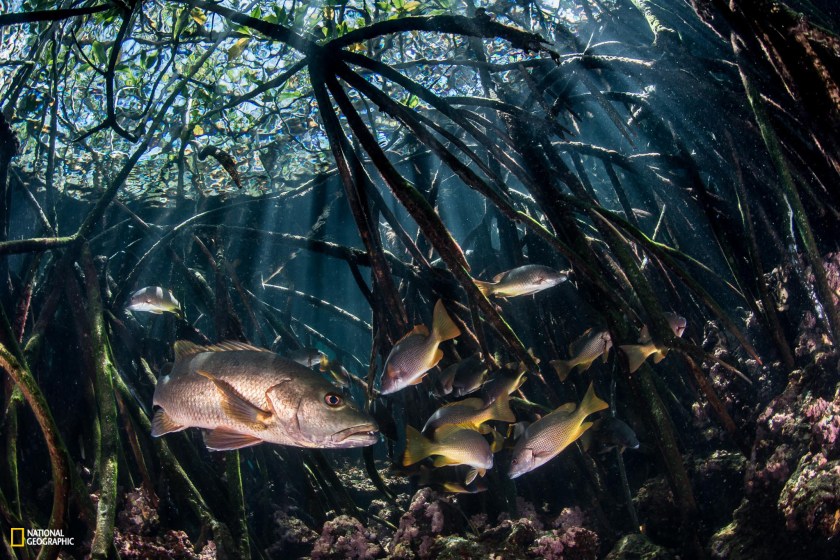
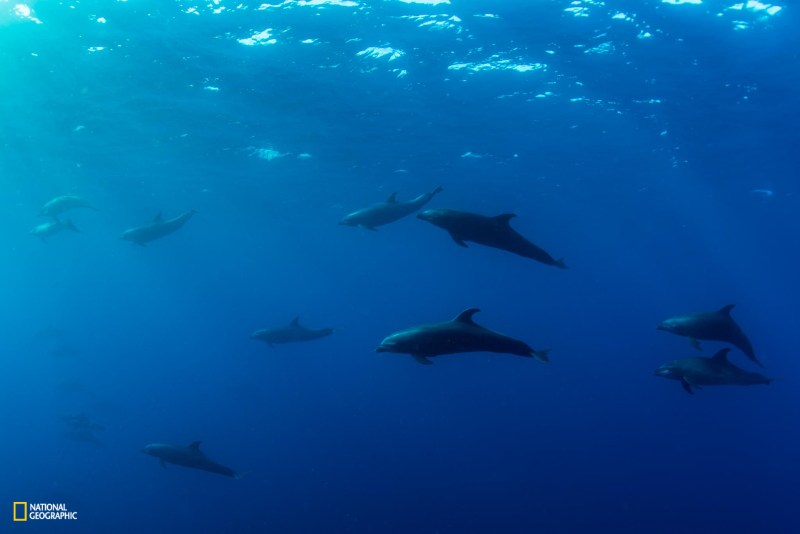
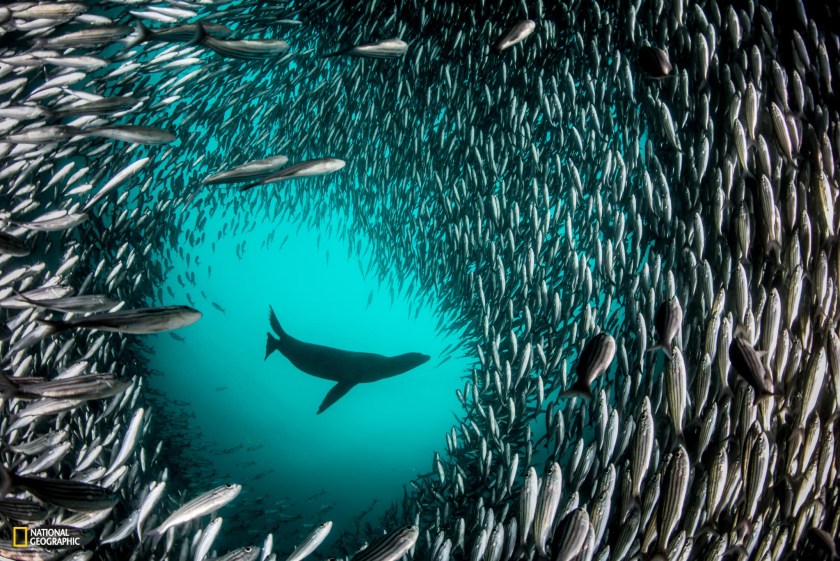
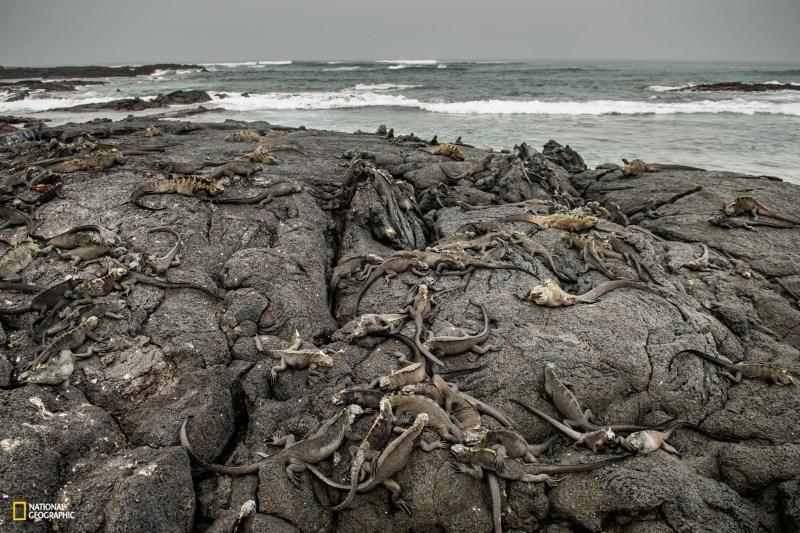
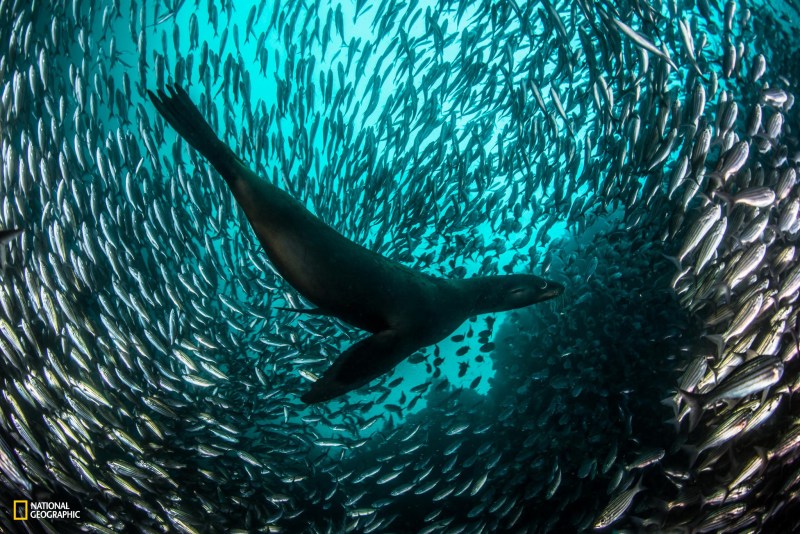
This article was featured in the InsideHook newsletter. Sign up now.























